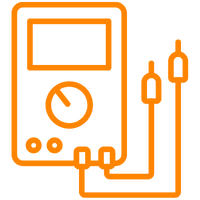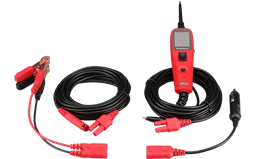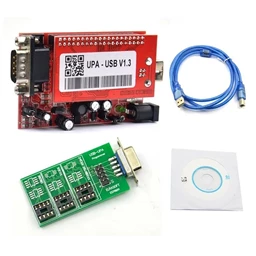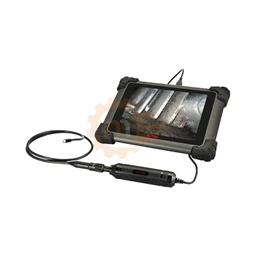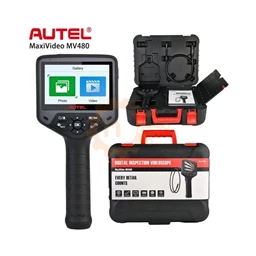Discover the Hidden Potential of Your Vehicle with Stage 1 Software “Stage 1 software”, a term often heard among automobile enthusiasts and performance enthusiasts, or more generally “chip tuning” and “ECU remap”, is the process of optimizing the engine control unit (ECU) software of vehicles to increase performance Deceleration. Vehicle manufacturers usually program their engines to run some way below their potential performance, taking into account various factors such as different Sunday conditions, emission standards, fuel grades and longevity targets. The Stage 1 software aims to optimize these factory settings by staying within safe limits and without making any changes to the vehicle's existing equipment (for example, without changing parts such as turbo, exhaust, intercooler). This process can increase the horsepower (HP) and torque (Nm) of your vehicle, resulting in better acceleration, a more lively throttle response and an overall more enjoyable driving experience. However, it is extremely important to have accurate information about what Stage 1 software is, how it is made, its advantages, potential risks, and how to perform this process reliably. In this comprehensive guide, we will discuss in detail what Stage 1 software means, its effects on vehicle performance, how this process is performed, what should be considered, and Nitro Bilişim's expertise in this field with professional ECU programming devices such as Alientech Kessv3, Magicmotorsport Flex. What is Stage 1 Software and How Does It Work? Stage 1 software is the process of reprogramming the original engine management maps (parameters) contained in the ECU of a vehicle. These maps control many factors that are critical for the operation of the engine: * Fuel Injection Quantity and Timing: How much fuel will be sprayed into each cylinder and when it will be sprayed. * Ignition Advance (Timing): How long before or after spark plug ignition will be performed according to the upper dead point of the piston. * Turbo Pressure (In Turbocharged Vehicles): The maximum pressure level that the turbo will produce. * Throttle Response: How fast and how much the throttle will open when the accelerator pedal is pressed. * Torque Limiters: The maximum torque values that the engine can produce. * Rev Limiter: The maximum number of revolutions that the engine can reach. In the Stage 1 software application, these parameters indicate that the current equipment of the vehicle (engine, turbo, injectors, exhaust system, etc.) it is optimized to produce more power and torque, staying within the safe limits of what it can lift. The aim is to improve the efficiency and performance of the engine. What is the Difference of Stage 1 from Other “Stages"? In the world of chip tuning, levels such as “Stage 1”, “Stage 2” and “Stage 3” are often mentioned: * Stage 1: It is done only by optimizing the ECU software. It does not require any hardware changes to the vehicle. * Stage 2: Usually in addition to the Stage 1 software, it includes basic hardware upgrades such as a performance air filter that provides better air flow, a freer Octane exhaust system (downpipe, cat-back), a larger intercooler. The software is adjusted according to these new hardware. * Stage 3 (and above): More extensive hardware changes (large turbos, performance injectors, reinforced in-engine parts, etc.) and includes a special software suitable for these changes. This level is usually applied to vehicles that are intended for serious performance improvement and are prepared for special purposes, such as track use. In this article, our focus is on the Stage 1 software, which is the most common and does not require hardware changes. The Effects of Stage 1 Software on Vehicle Performance The main positive effects of Stage 1 software applied correctly and professionally on vehicle performance are as follows: * Horsepower (HP) Increase: An increase in the maximum power produced by the engine can usually be achieved between 10% and 30% (at higher rates in turbocharged vehicles). Dec.10. * HP Increase. * hp increase. * hp increase. * hp increase. * hp increase. * hp increase. * hp increase. * hp increase. * hp increase. * hp increase. * hp increase. * Torque (Nm) Increase: A significant increase in the traction power of the engine is achieved, especially at lower and medium revolutions. This allows the car to accelerate more willingly and perform better at Deceleration accelerations. • Better Throttle Response: The reactions to the accelerator pedal become faster and more vivid, driving pleasure increases. * More Flexible Driving: Thanks to the increased torque, you may feel a more comfortable ride at lower revs and less need to change gears. * Potential Improvement in Fuel Efficiency (Eco-Tuning): In some cases, especially in diesel vehicles and with a calm driving style, there may be some improvement in fuel consumption due to the possibility of cruising at a lower speed brought by an increase in torque. However, a performance-oriented Stage 1 software and aggressive use often increase fuel consumption. How is the Stage 1 Software Process Performed? The stage 1 software process usually involves the following steps: 1. Vehicle Control and Diagnostics: The general health status of the vehicle is checked before starting the process. It is checked whether there are any mechanical problems in critical components such as engine, turbo, injectors. The existing fault codes are checked with the fault detection device. 2. Reading the Original ECU Software: A professional ECU programming device (such as Nitro Bilişim's Alientech Kessv3, Magicmotorsport Flex) is connected to the vehicle's OBD port or directly to the ECU (bench/boot mode) to read the original software file and back it up securely. 3. Software Modification (Remapping): The original software file being read, special map editing software (ECM Titanium, WinOLS, etc.) by professional tuners specializing in this subject.) are modified using. At this stage, according to the brand, model, engine type of the vehicle and customer's expectations (performance, economy, etc.) the parameters are carefully adjusted. 4. Writing the Modified Software to the ECU: The edited new software file is written back to the ECU again via the ECU programming device. 5. Checksum Verification: After the software is installed, a checksum check is performed to confirm the integrity and accuracy of the file. 6. Testing and Verification: The vehicle is started, test-driven and changes such as performance improvement and throttle response are observed. If necessary, a repeat check is carried out with a fault detection device. Considerations and Potential Risks in Stage 1 Software Although Stage 1 software offers many advantages when it is done correctly, it can also carry some risks when it is done unconsciously or in a poor quality way: * Choosing a Reliable and Experienced Specialist: The Stage 1 software operation must necessarily be performed by a professional tuner or service with strong references, who has knowledge and experience in this regard. Poor quality or generic software can do more harm than good to your vehicle. * Mechanical Health of the Vehicle: Before the software operation, it should be ensured that the engine and other related components of the vehicle are healthy. An existing mechanical problem can get worse with software. * Staying Within Safe Limits: When aiming for performance improvement, the durability limits of the vehicle's engine, transmission and other drivetrains should not be exceeded. Overexertion can shorten the life of these components. * Fuel Quality: An engine with improved performance may sometimes need higher-octane or high-quality fuel. * Emission Values: Some aggressive software may negatively affect the emission values of the vehicle and cause problems during the inspection. Software in accordance with legal regulations should be preferred. * Warranty Status: If the vehicle manufacturer determines that the ECU software has been interfered with, it may void the warranty for the engine and related components. Consider this risk. * Insurance: Some insurance companies may want to be informed about software modifications made to the vehicle. Secure and Professional Stage 1 Software Solutions with Nitro Bilişim Nitro Bilişim offers professional solutions in Stage 1 software and ECU programming: * Leading Brand ECU Programming Devices: We supply the best ECU programming devices in the industry, such as Alientech Kessv3, K-TAG, Magicmotorsport Flex, Dimsport New Genius. These devices offer the ability to read and write software safely and accurately. * Training and Technical Support: We provide comprehensive training and expert technical support to our customers about the use of these devices and the principles of ECU programming. * Reliable Software Partners: If you need, we can direct you to the right partners about professional tuning files that have been tested and provide reliable results. * Battery Support Units: We offer professional battery support units such as Topdon Tornado to ensure a stable voltage during software operation. Enjoy the Performance with Stage 1 Software, But Be Conscious! Stage 1 software is a popular and effective way to improve the performance and driving pleasure of your vehicle. This performance increase, achieved without any changes to the existing equipment of your car, simply by optimizing the ECU software, is an attractive option for many drivers. However, it is vital that this process is carried out by reliable, experienced and professional people, using high-quality equipment. As Nitro Bilişim, we aim to help you to reveal the potential of your vehicle safely by providing you with the best equipment, training and support in your Stage 1 software and ECU programming processes. Contact us for more information about the Stage 1 software or to review our professional ECU programming devices.
Saturday, May 17, 2025

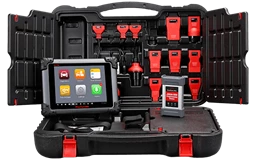
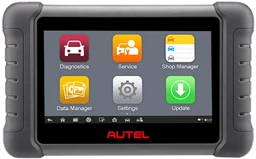
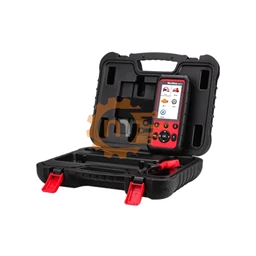
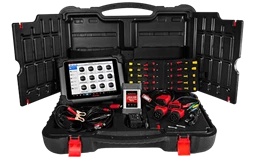
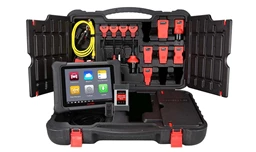
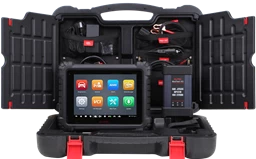
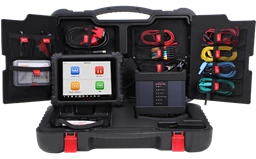
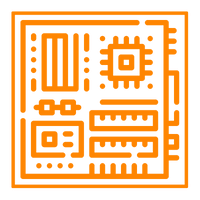
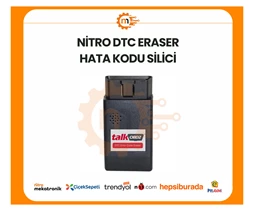
.webp?size=256)

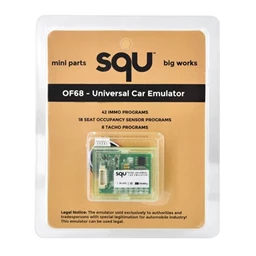
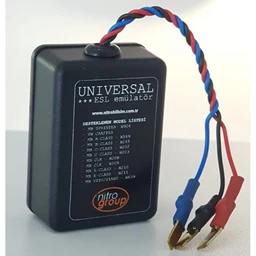

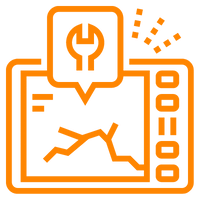

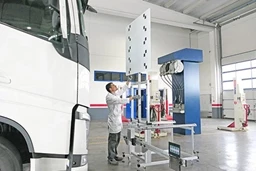
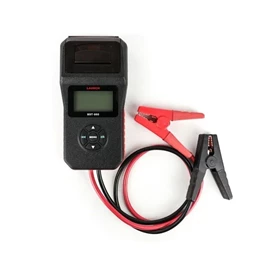
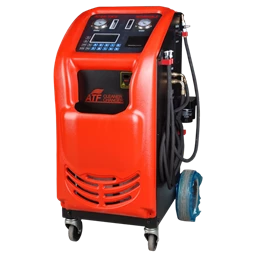
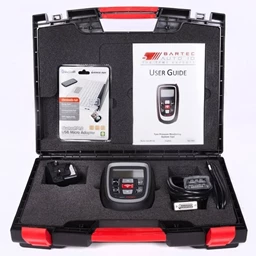
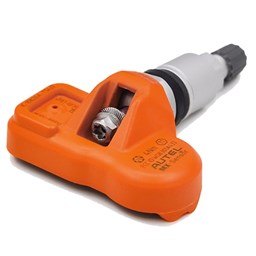
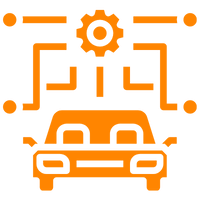



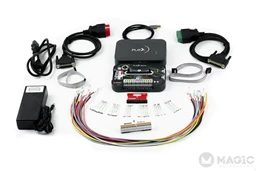
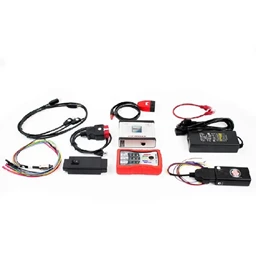
 Cihazı.webp?size=256)
